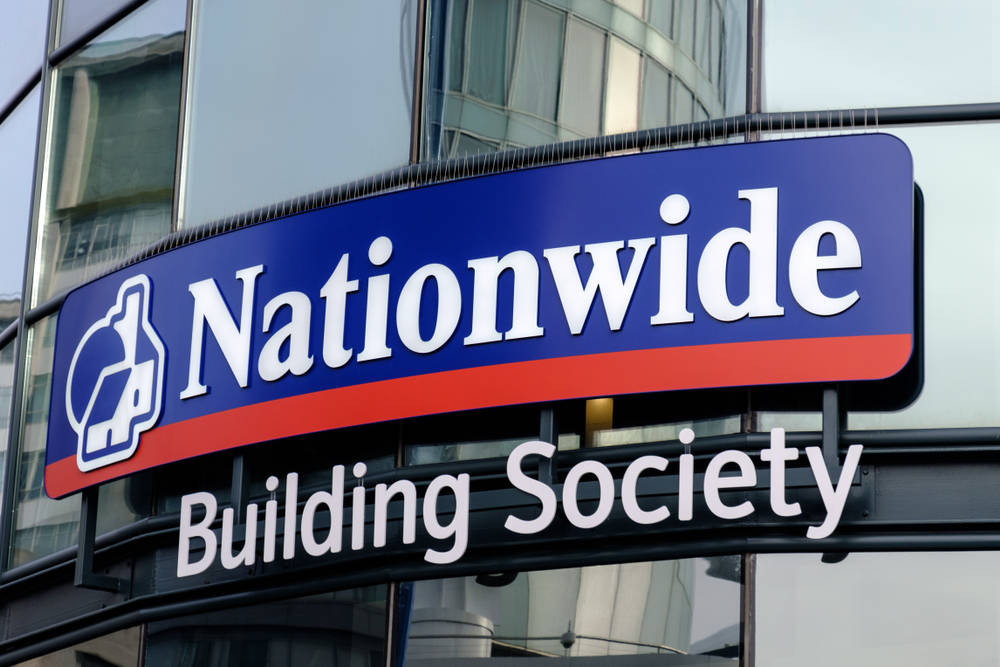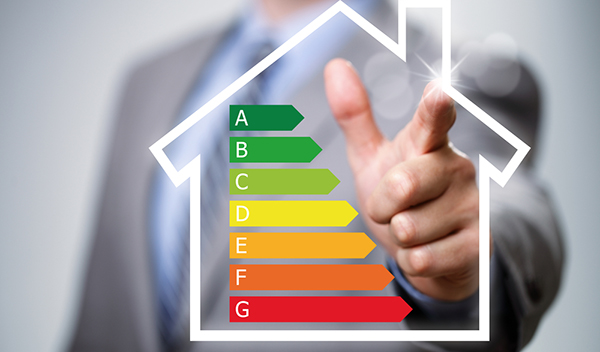
During the lockdown physical inspections by surveyors for valuation purposes have not been possible but lenders still strive to process loan applications and this has resulted in a review of valuation procedures and a reassessment of how mortgage valuations are procured.
There has been a shock to the system and after Covid-19 we are likely to see that many of the changes made will continue.
The traditional mortgage valuation report involves an inspection of the property inside and out. Some mortgage lenders require an inspection of the loft. Surveyors are required to inspect to a high standard including testing for damp. Potential problems ranging from cracks suggesting subsidence to Japanese Knotweed in the garden or nearby will be noted.
All this slows the mortgage application process not least because booking the appointment and organising a suitable time slot is often difficult.
Non-physical valuations
Prudent lending is still possible without commissioning a full inspection. Lenders have other options.
Automated Valuation Models (AVMs) can provide a valuation without any inspection at all using sophisticated databases and these systems have improved significantly in recent years. In my experience AVMs are remarkably accurate in providing residential property valuations for conventional properties.
A “desk top” valuation can be provided when a qualified surveyor, familiar with the property and its locality, is able to sign off a report based on information available online including a computer-generated street view.
A “drive past” may be suitable when the surveyor looks at the property from the outside, takes a photo and a valuation is confirmed without seeing inside.
During lockdown most mainstream mortgage lenders continued to process mortgage applications using AVMs, desk tops or drive pasts provided that the loan-to-value ratio was suitable, typically for loans up to 60% of valuation. A switch to valuations prepared in this way has proved generally successful.
This has implications for surveyors’ workloads. In the future surveyors may only find themselves inspecting unusual properties or cases where the borrowing is high in relation to the value; a more limited and complex workload carrying with it potentially greater responsibility and risk.
Repossessions
It is worth stepping back to consider why valuations are required and what purpose they serve. The property market is cyclical and typically proceeds with a series of booms and slumps.
During my career as a surveyor I saw five booms and five slumps and it is during the inevitable downturn following a boom that the quality of the valuations is paramount because this is when most of the repossessions occur.
When properties are repossessed and sold the lender may suffer a loss and the case will typically be reviewed to see how robust the original valuation was. In the time which has elapsed since the valuation was provided the market may have changed and the condition of the property will probably have deteriorated.
But there is the potential for the lender to claim against the surveyor if the original valuation was found, in retrospect, to have been over optimistic. In contrast the lender’s ability to claim against an AVM provider or a surveyor who prepared a desk top or drive past valuation will be very limited indeed.
Flats
Desk top valuations or drive past inspections may provide fairly accurate and reliable valuations of houses but what about flats? These too can be valued without an internal inspection if sufficient information is available from online sources and the surveyor’s own database.
The database will typically provide details of previous market transactions and other surveyor’s reports and a surveyor with local knowledge may well be familiar with the block and its internal layout.
Local knowledge is important because flats may be built using unusual or non-standard constructions and be potentially unsuitable security.
High rise blocks may be covered with cladding – a significant issue following Grenfell and which may not be apparent from a computer street view of the block. If in doubt a surveyor will advise the lender that a full inspection is necessary.
HMOs
Typically, Houses in Multiple Occupation (HMOs) are larger, older houses where there is limited demand for such properties for owner-occupation and the purchasers are mainly investors.
The mortgages lent on these properties are business loans and the valuation could well be prepared on the basis of an external inspection if the other essential information is available.
The documentation needed to value an HMO would typically include three years audited accounts, a schedule of the accommodation, copies of the tenancy agreements and the licence from the local authority.
There is often a big difference between the gross monthly rental income when a HMO is fully let and the net income allowing for voids, depreciation of furniture and equipment, bad debts and management.
Most HMOs are sold by investors to investors. If they are sold vacant for conversion into single family dwellings there will be a significant discount because the accommodation will typically have to be re-configured back into a family house.
Consolidation within the surveying industry is inevitable with pressure to reduce costs and surveyor numbers. Lenders increasingly favour AVMs, desk tops and drive pasts as cost effective and efficient means of providing valuations. Now, the experience of a lockdown when property inspections have not been possible has accelerated this trend.



